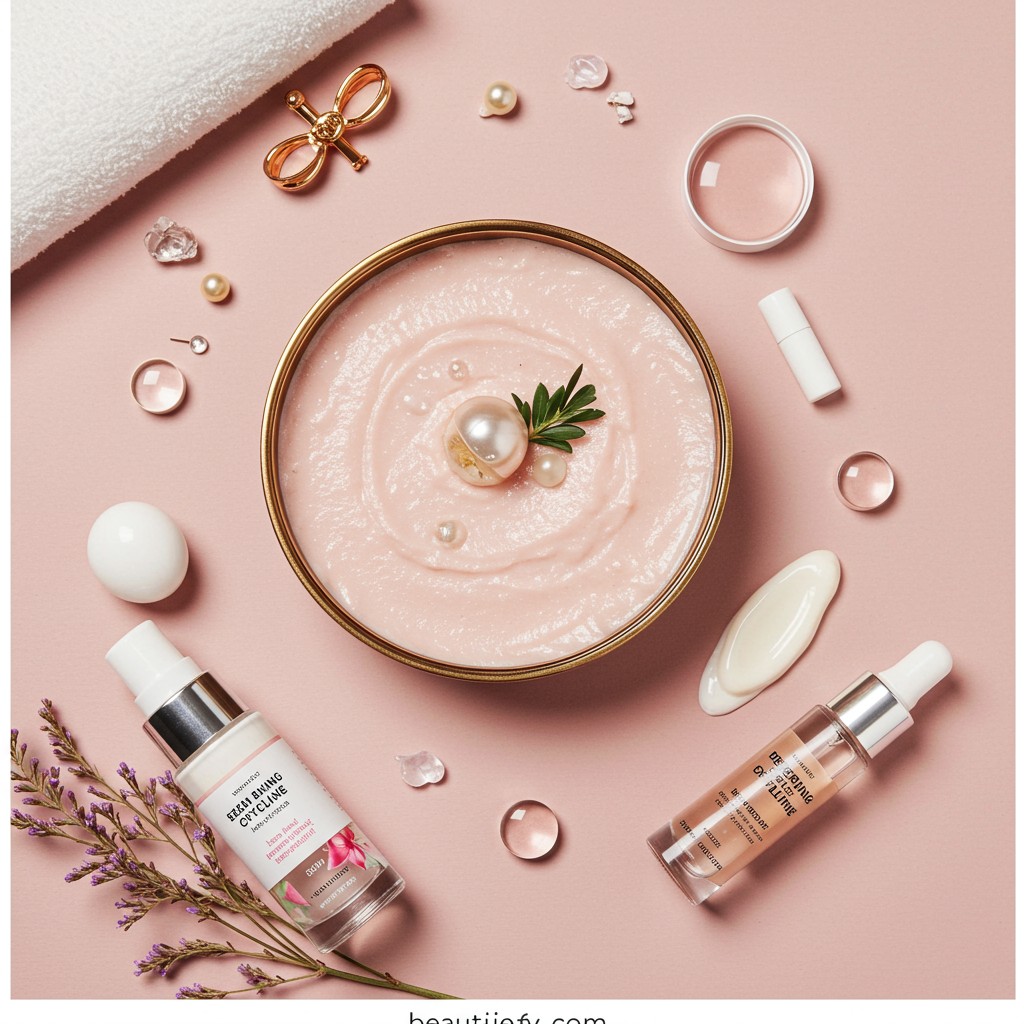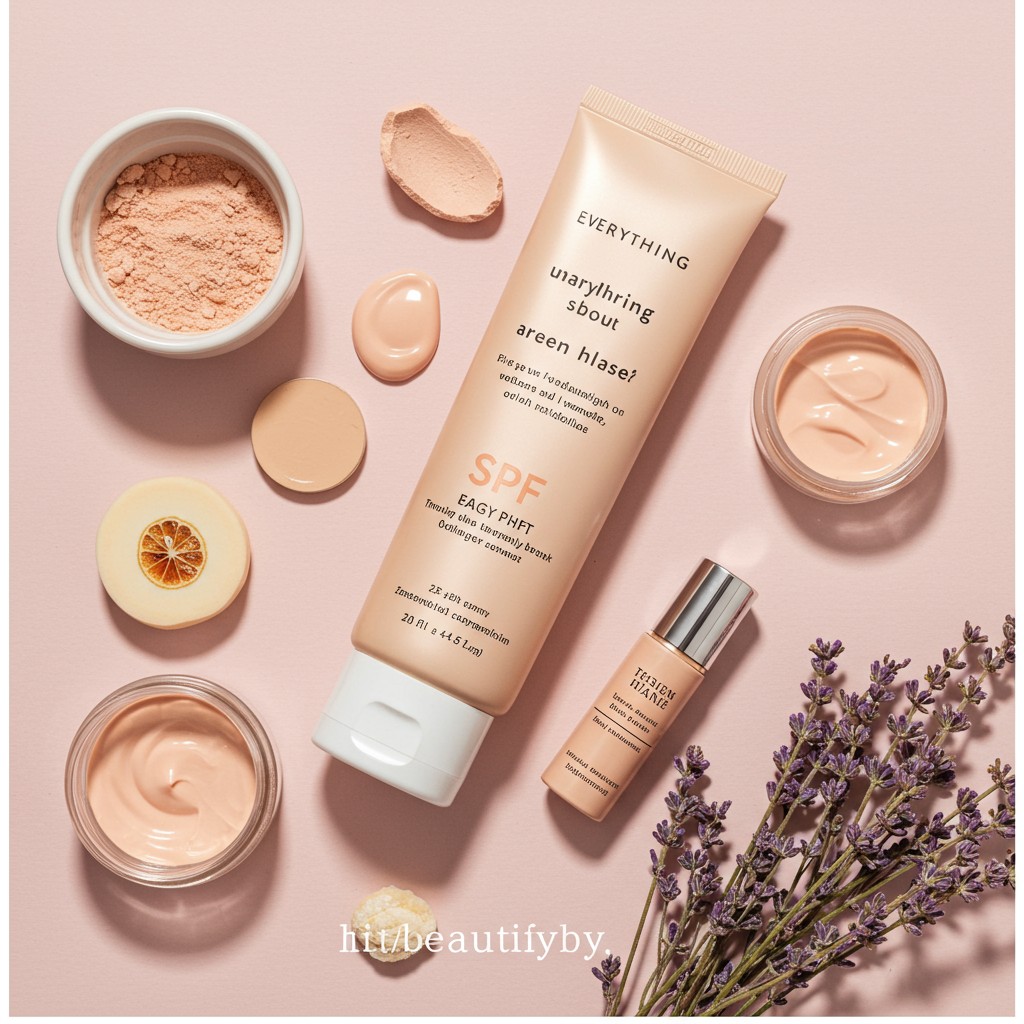Does your skin feel tight, look dull, or show fine lines more prominently? You might immediately think you have dry skin, but you could be dealing with a different culprit, dehydration. While they may sound similar, understanding the battle of dry vs dehydrated skin is crucial for giving your skin what it truly needs. One is a skin type, while the other is a condition that can affect anyone. Let’s break down the differences and help you find the right path to a hydrated, glowing complexion.
Dry skin an ongoing type
Dry skin is a genetically determined skin type, just like oily or combination skin. It’s characterized by a lack of natural oils, or sebum. Your skin has fewer oil-producing glands, which means it struggles to retain moisture and build a strong protective barrier. This can lead to symptoms like flakiness, a feeling of roughness, itchiness, and sometimes redness. It’s a chronic condition you manage rather than cure.
Dehydrated skin a temporary condition
Dehydrated skin, on the other hand, is a condition where your skin lacks water. It’s not about oil; it’s about hydration. This can happen to any skin type, yes, even oily skin! The signs of dehydrated skin often include a dull appearance, a feeling of tightness, more pronounced fine lines and wrinkles, and sometimes increased sensitivity. It’s caused by external factors like weather, diet, and using harsh skincare products that strip the skin of its water content.
How to tell the difference
So, how can you distinguish between the two? A simple way is the pinch test. Gently pinch a small amount of skin on your cheek or the back of your hand. If it takes a moment to bounce back, your skin is likely dehydrated. Dry skin won’t show this lack of elasticity in the same way; it will just feel consistently rough or tight. Another key is to observe your skin’s overall behavior. Does it feel better after applying a heavy cream? That might point to dryness. If it craves water-based serums and feels plump after a hydrating mask, dehydration is the likely issue.
How to treat dehydrated skin
The good news is that since dehydration is a condition, it’s highly treatable. The key is to reintroduce water into your skin and keep it there. Here are some effective strategies:
- Hydrate from Within: It sounds simple, but drinking enough water throughout the day is the first step.
- Use a Gentle Cleanser: Avoid harsh, stripping cleansers that can compromise your skin’s barrier. Look for a mild, hydrating formula.
- Incorporate Hydrating Ingredients: The best products for this condition contain humectants. Look for ingredients like hyaluronic acid, glycerin, and aloe vera, which draw moisture from the air into your skin.
- Lock it in with a Moisturizer: After applying your hydrating serums, seal everything in with a good moisturizer. This will prevent the water from evaporating from your skin.
Understanding whether your skin is dry or dehydrated is a game-changer. By identifying the root cause of your skin concerns, you can choose the right treatments and products to restore its balance and radiance. At ScentSphere, we offer a range of solutions to tackle both dryness and dehydration. You can find the perfect hydrating heroes for your skin in the ScentSphere shop and say goodbye to thirsty skin for good.
How can I tell if my skin is dry or just dehydrated
Dry skin lacks oil and feels rough. Dehydrated skin lacks water and may look dull with fine lines. A simple skin pinch test can show dehydration.
Can oily skin also be dehydrated
Absolutely. Oily skin can lack water content leading it to produce even more oil to compensate. This is a common issue.
What are the key ingredients to look for to treat dehydrated skin
Look for humectants like hyaluronic acid and glycerin. These ingredients attract and hold water in the skin providing essential hydration.








